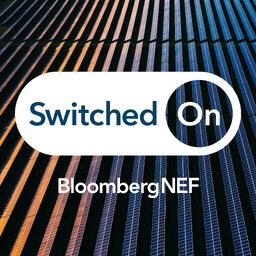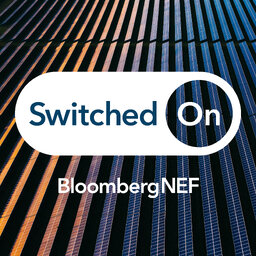Southeast Asia is an up-and-coming player in the energy transition. As the region’s production capacity has grown, so have its exports of key clean-power technologies. Within Southeast Asia, favorable policy has encouraged the growth of cheap renewable energy and electric vehicle adoption. Yet recent US tariffs and aid cuts have had an impact. Just how damaging have they been, and can better regional cooperation help mitigate the fallout? On today’s show, Dana Perkins is joined by Shantanu Jaiswal, BNEF’s head of India and Southeast Asia research, and analyst Felix Kosasih, to discuss some of BNEF’s recent research including “US Climate Fund Withdrawal Imperils Indonesia’s Transition” and “Southeast Asia in Short: Energy Storage, Net Zero Push”.
Complementary BNEF research on the trends driving the transition to a lower-carbon economy can be found at BNEF<GO> on the Bloomberg Terminal or on bnef.com
Links to research notes from this episode:
Southeast Asia in Short: Energy Storage, Net-Zero Push - https://www.bnef.com/insights/35639
US Climate Fund Withdrawal Imperils Indonesia’s Transition - https://www.bnef.com/shorts/ssqqiot0g1kw00?context=eyJxIjoic2luZ2Fwb3JlIiwiY29udGVudFR5cGUiOiJzaG9ydCIsInJlZ2lvbiI6W10sInNlY3RvciI6W10sImF1dGhvciI6W119
Net Zero Transition: Opportunities for Vietnam - https://www.bnef.com/insights/35529?context=eyJxIjoib3Bwb3J0dW5pdGllcyBmb3IgdmlldG5hbSIsImNvbnRlbnRUeXBlIjoiaW5zaWdodCIsInJlZ2lvbiI6W10sInNlY3RvciI6W10sImF1dGhvciI6W10sImluc2lnaHQtdHlwZSI6W119
Southeast Asia and Energy: Things to Watch in 2025 - https://www.bnef.com/insights/35745?context=eyJxIjoic2hhbnRhbnUiLCJjb250ZW50VHlwZSI6Imluc2lnaHQiLCJyZWdpb24iOltdLCJzZWN0b3IiOltdLCJhdXRob3IiOltdLCJpbnNpZ2h0LXR5cGUiOltdfQ==
 Switched On
Switched On


